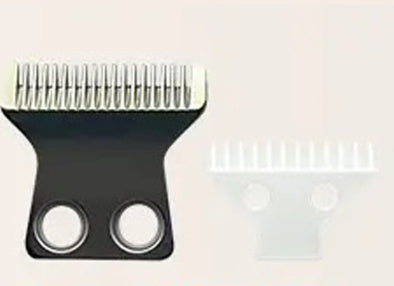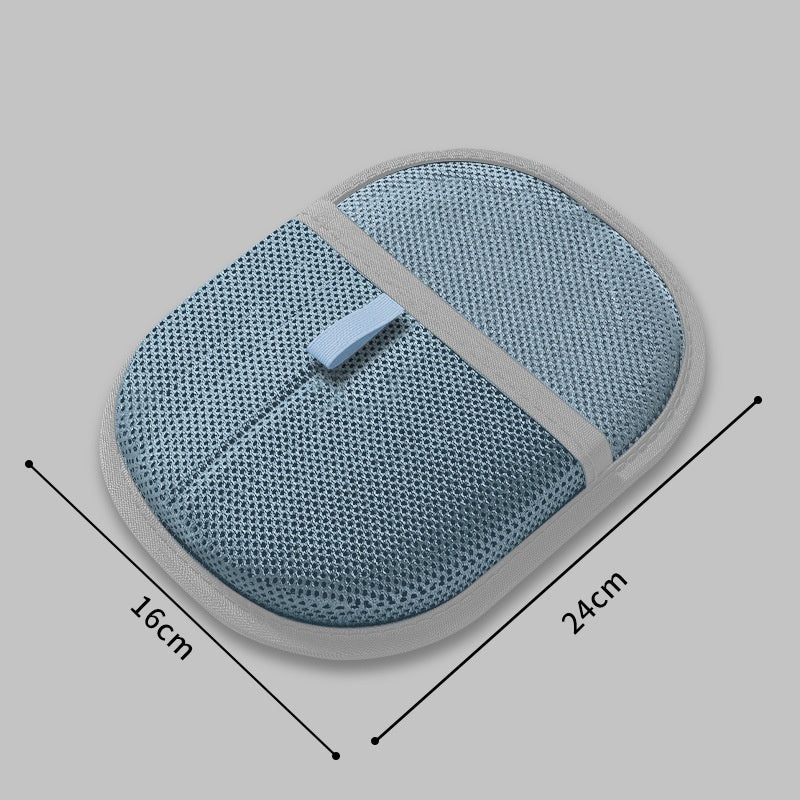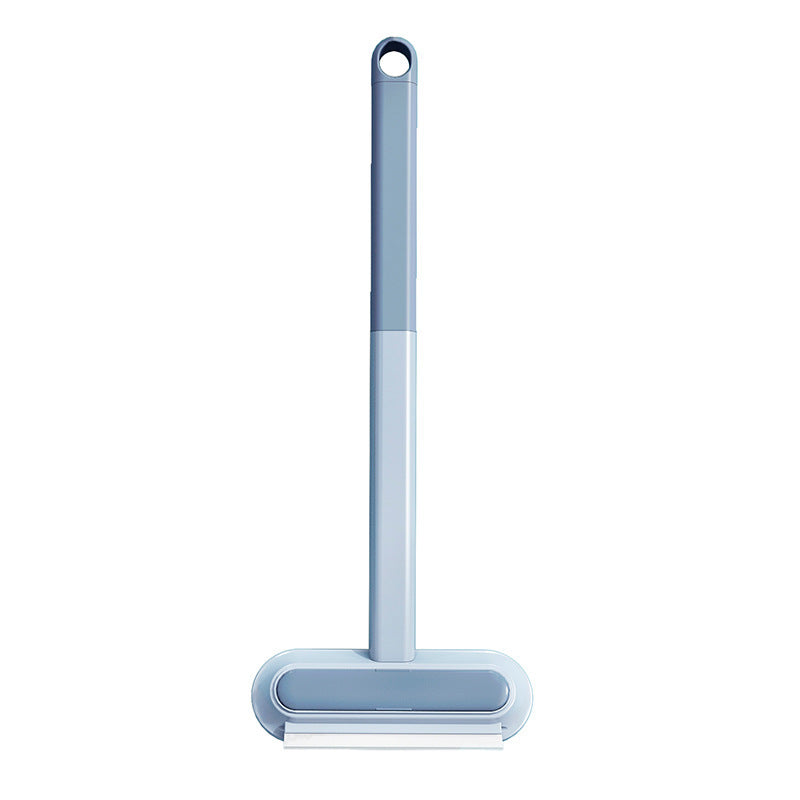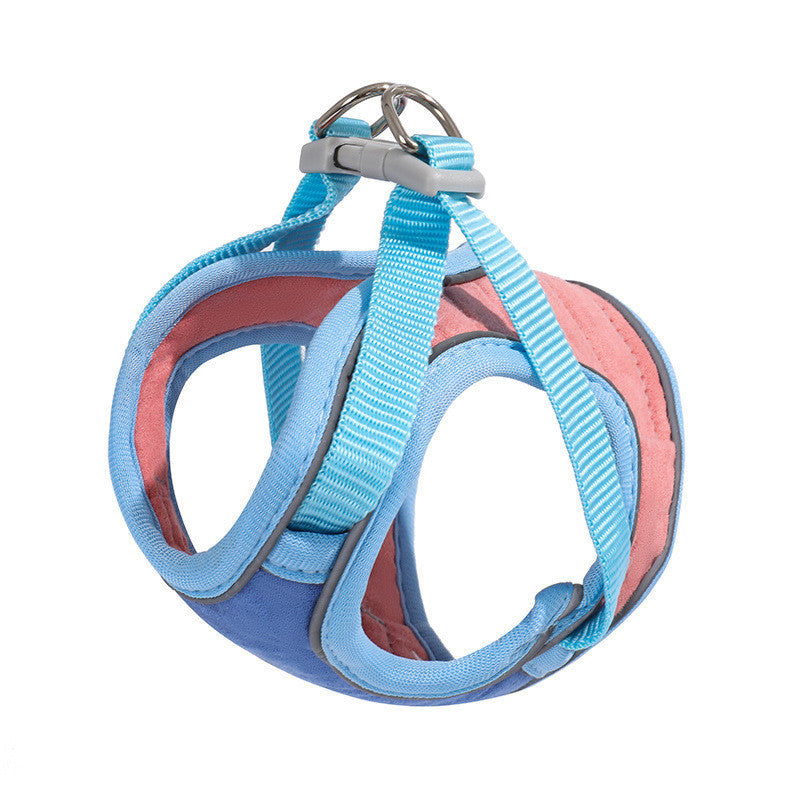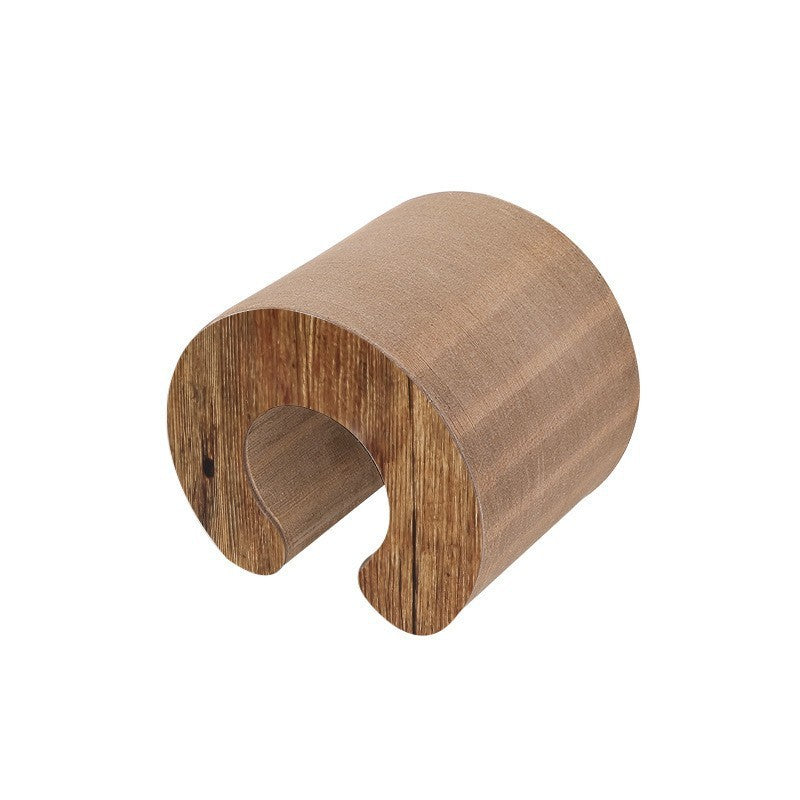The litter box is often at the center of frustrations between cats and their human companions. When your previously well-trained cat starts avoiding the litter box, it can be confusing and concerning. In this blog, we'll address common litter box problems and how to resolve them to restore harmony in your household.
Location matters: Cats prefer privacy when using the litter box, but they also need to feel safe. Avoid placing litter boxes in noisy areas, near appliances that might suddenly activate, or in high-traffic zones. The ideal location is quiet but accessible, away from food and water sources.
Cleanliness standards: Cats are naturally clean animals with high standards for their bathroom facilities. Most cats prefer a freshly scooped box, so daily cleaning is essential. Complete litter changes should happen weekly, along with a thorough washing of the box itself.
Australian veterinary clinics and pet care guides, including those from Hill’s Pet Nutrition Australia, emphasise the importance of daily scooping and weekly cleaning to prevent litter box aversion. This approach is widely adopted by Australian cat owners to maintain hygiene and prevent stress-related issues.
Box size and style: The litter box should be large enough for your cat to turn around comfortably, at least 1.5 times your cat's length. Some cats prefer covered boxes for privacy, while others avoid them entirely. Multiple-cat households should provide one box per cat, plus an extra.
Litter preferences: Cats can be particular about litter texture, scent, and depth. Most prefer unscented, clumping litter with a sand-like texture, but individual preferences vary. If your cat is avoiding the box, trying different litter types might solve the problem.
Australian cat behaviourists and organisations such as the Cat Protection Society of NSW suggest experimenting with unscented, clumping litters and avoiding heavily perfumed products, as these are less popular with cats. Australian pet owners are encouraged to try different textures and depths to find what their cat prefers.
Medical considerations: Sudden litter box avoidance can indicate medical issues like urinary tract infections, kidney disease, or digestive problems. If your cat's litter box habits change abruptly, a veterinary check-up should be your first step before assuming it's behavioral.
| Problem Area | Best Practice | Why It Helps |
|---|---|---|
| Location | Quiet, accessible, away from food/water | Reduces stress, encourages use |
| Cleanliness | Daily scooping, weekly washing | Prevents aversion, maintains hygiene |
| Box Size/Style | Large enough, covered/uncovered options | Suits individual preferences, prevents crowding |
| Number of Boxes | One per cat, plus one extra | Reduces competition, provides choice |
| Litter Type | Unscented, clumping, experiment with textures | Matches cat’s preference, prevents aversion |
| Medical Check | Prompt vet visit for sudden changes | Rules out health issues, ensures wellbeing |
Understanding that litter box problems are rarely about spite or disobedience is crucial. Cats aren't avoiding the litter box to punish you, they're communicating that something isn't meeting their needs.
Step-by-Step Guide: Resolving Litter Box Problems
- Assess Location: Place litter boxes in quiet, accessible areas away from food, water, and noisy appliances.
- Maintain Cleanliness: Scoop daily and perform a complete litter change and box wash weekly.
- Choose the Right Box: Ensure the box is large enough (at least 1.5 times your cat’s length) and consider both covered and uncovered styles.
- Provide Enough Boxes: Offer one box per cat plus one extra, especially in multi-cat households.
- Experiment with Litter: Try different types of unscented, clumping litter to find your cat’s preference.
- Check for Medical Issues: Consult your Australian veterinarian if litter box habits change suddenly.
- Avoid Punishment: Never punish your cat for litter box problems, as this can create negative associations.
By addressing the underlying cause with patience and empathy, you can usually resolve litter box issues and restore proper habits. Remember that punishment never helps and can actually make the problem worse by creating negative associations with the litter box.
FAQs: Litter Box Issues
Q: Where should I place my cat’s litter box?
A: Choose a quiet, accessible location away from food, water, and noisy appliances, as recommended by RSPCA Australia and the Cat Protection Society of NSW.
Q: How often should I clean the litter box?
A: Scoop daily and perform a complete litter change and box wash weekly, as advised by Australian veterinary clinics and pet care guides.
Q: What size and style of litter box should I use?
A: The box should be at least 1.5 times your cat’s length, and both covered and uncovered options should be available. In multi-cat households, provide one box per cat plus one extra.
Q: What type of litter do Australian cats prefer?
A: Most cats prefer unscented, clumping litter with a sand-like texture. Experiment with different types to find your cat’s preference.
Q: What should I do if my cat suddenly stops using the litter box?
A: Consult your Australian veterinarian promptly, as sudden changes can indicate medical issues such as urinary tract infections or kidney disease.









